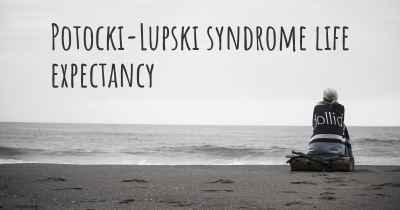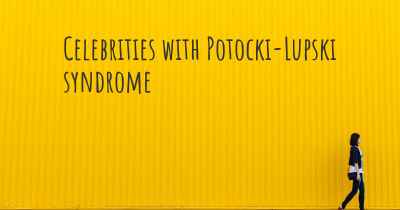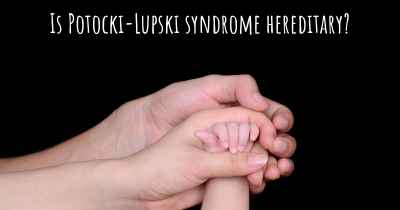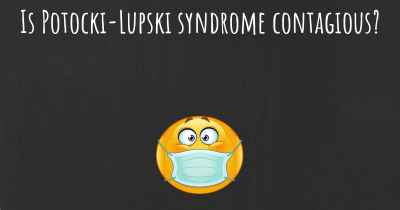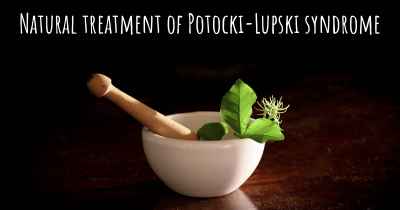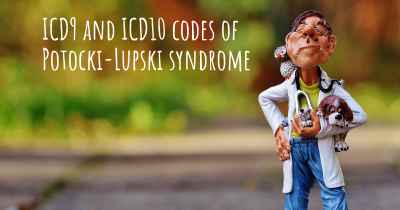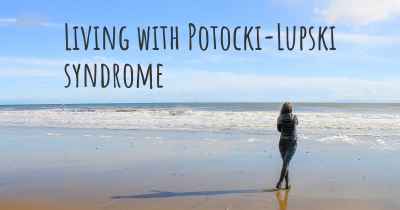What are the best treatments for Potocki-Lupski syndrome?
See the best treatments for Potocki-Lupski syndrome here
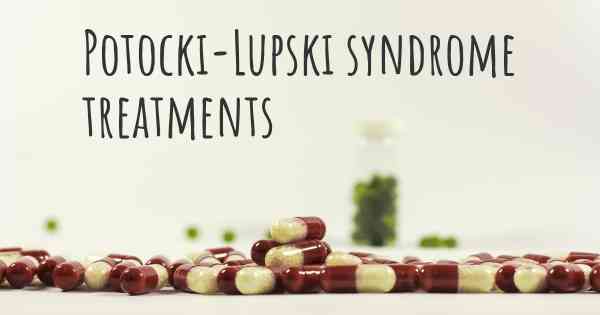
Treatments for Potocki-Lupski Syndrome
Potocki-Lupski Syndrome (PTLS) is a rare genetic disorder caused by a duplication of a specific region of chromosome 17. This condition can lead to various developmental delays, intellectual disabilities, and other medical issues. While there is no cure for PTLS, there are several treatments and interventions available to manage the symptoms and improve the quality of life for individuals with this syndrome.
Early Intervention
Early intervention is crucial for children diagnosed with PTLS. Starting therapy and support services as early as possible can help address developmental delays and promote optimal growth and learning. Early intervention programs typically involve a multidisciplinary approach, including physical therapy, occupational therapy, speech therapy, and educational interventions tailored to the specific needs of the child.
Speech and Language Therapy
Speech and language therapy plays a vital role in helping individuals with PTLS overcome communication challenges. Speech therapists work with patients to improve speech articulation, language comprehension, and expressive language skills. They may also use alternative communication methods, such as sign language or augmentative and alternative communication (AAC) devices, to enhance communication abilities.
Occupational Therapy
Occupational therapy focuses on improving fine motor skills, sensory integration, and daily living skills. Occupational therapists help individuals with PTLS develop independence in activities such as dressing, feeding, and self-care. They may also provide strategies to manage sensory sensitivities and enhance motor coordination.
Physical Therapy
Physical therapy aims to improve gross motor skills, strength, and mobility. Physical therapists work with individuals with PTLS to enhance their physical abilities, balance, and coordination. They may also provide assistive devices, such as braces or orthotics, to support mobility and optimize functional independence.
Behavioral and Educational Interventions
Behavioral and educational interventions are essential for individuals with PTLS to address behavioral challenges and promote learning. Applied Behavior Analysis (ABA) therapy is commonly used to teach adaptive skills, reduce problem behaviors, and improve social interactions. Special education programs tailored to the individual's needs can also provide structured learning environments and individualized instruction.
Medical Management
Individuals with PTLS may require ongoing medical management to address specific health concerns associated with the syndrome. Regular check-ups with a healthcare provider are important to monitor growth, development, and overall health. Treatment plans may include medications to manage symptoms such as seizures, sleep disturbances, or psychiatric conditions.
Supportive Services
Supportive services are crucial for individuals with PTLS and their families. Support groups, counseling, and social services can provide emotional support, guidance, and resources to navigate the challenges associated with the syndrome. Connecting with other families facing similar experiences can be invaluable in sharing knowledge and experiences.
Continued Research
As PTLS is a rare genetic disorder, ongoing research is essential to further understand the syndrome and develop new treatments. Genetic counseling and genetic testing can help families understand the underlying genetic cause and provide information about potential risks for future pregnancies.
In conclusion, while there is no cure for Potocki-Lupski Syndrome, a combination of early intervention, therapy, educational support, medical management, and supportive services can significantly improve the quality of life for individuals with PTLS. Each treatment plan should be tailored to the individual's specific needs, and regular monitoring and adjustments may be necessary to address evolving challenges and optimize outcomes.
Posted May 2, 2017 by Julie Centeno 1425
